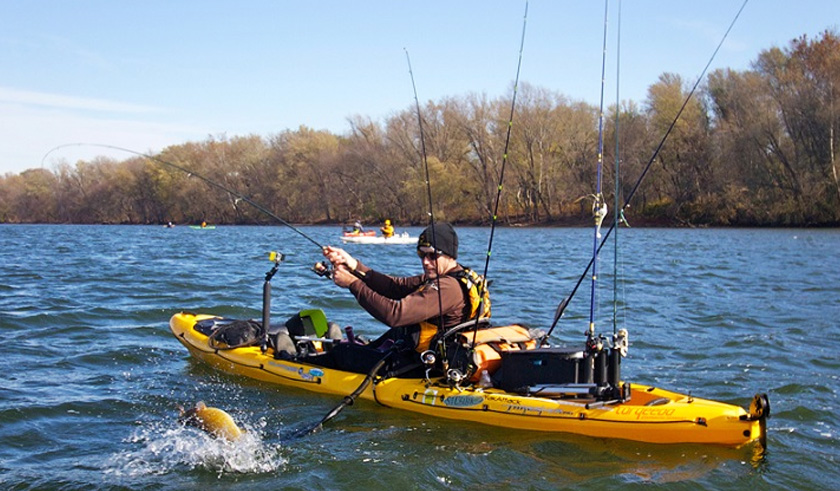
There are many kinds of kayaks in the market nowadays, such as the sit on top, sit inside, white water kayak, and the sub kayak hybrid.
If you are looking for a fishing kayak, we will help you decide which one will be best suited for you. There are several criteria to choose amongst, and we will take you through them one by one.
Read more:
Contents
1. Sit-on-top or Sit-in
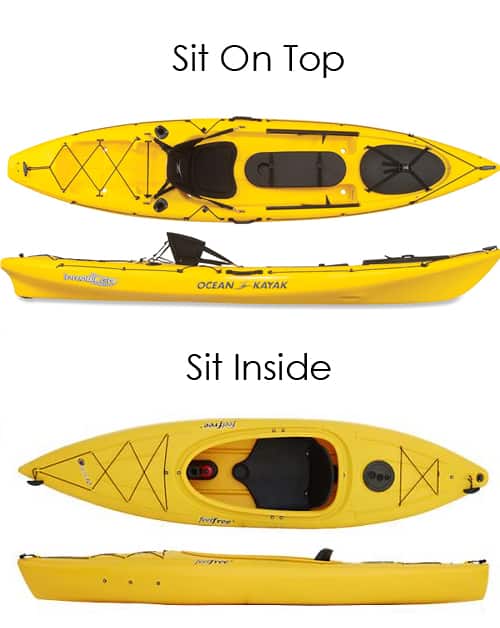
Each one of these kayaks has its own benefits for the sit on top you have a much better view of your fishing area so you have better accessibility to all of your accessories and there’s no possibility of the kayak flooding and the consequence you drowning.
With the sit-inside kayak, you will feel a lot safer a lot more contained; it might give you the ability to make some risky moves; however you will not have the same amount of storage to store all of your accessories.
There’s no possibility of standing inside a sit-in kayak unlike stand up fishing kayaks, and you will have an hour’s scope of vision as you are, in fact, sitting under the water, not on top.
2. Length
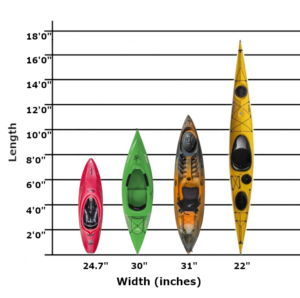
The taller and slimmer your kayak is the faster it will be that will help you a lot if you are in a wide fishing areas like saltwater and also it will allow you to move quickly from one spot to the other chasing your prey.
However, you should know that with a slim kayak you have to have better balance so that you will stay on top and not topple over.
3. Maneuverability
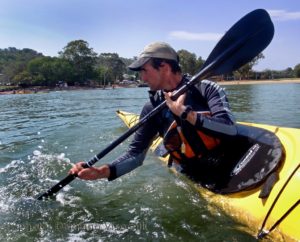
When speaking about maneuverability, there are a lot of things that you have to know before purchasing a kayak, and you can do that through attending display and trying out different kayaks to know what’s going to be your overall style.
One thing you have to know is what kind of accessories you will need and try not to push yourself over, but try as much as you can to be a minimalist take only the stuff that you need and don’t go overboard. Because there’s not that much space in the end, however, you have to know exactly what you need and how it would fit in an accessible way and, at the same time, will not prevent you from trying to paddle.
Another thing is that you have to know what kind of build you are if you are a small person then go for a smaller kayak, you have to be able to carry your kayak and move it with relative ease.
As you’re going to be carrying it from its storage place to your car to the fishing ground and vice versa, so you have to be able to pick it up and carry it and tie it to your car or van.
4. Pedal or No-Pedal
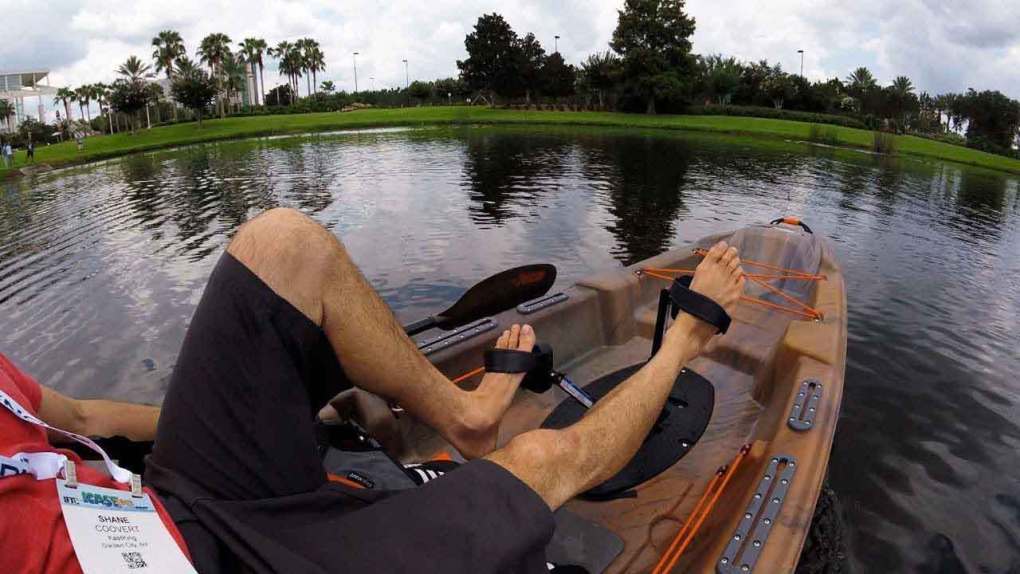
This system is quite new to kayaks as they are mostly a manual fishing instrument, however, what has been done here is that instead of you paddling with your arms and always having to choose whether you’re going to pedal to another space or are you going to use your fishing rod.
This obliterates these concerns as moving will be dependent on you paddling with your legs your arms will be totally absolutely free to enjoy your fishing.
However, you have to understand that such a system is not light; it will add at least 40 to 100 pounds to the existing weight of your kayak, so that might change a lot of the variables that we have spoken off earlier on.
Some kayaks offer you the ability to remove the pedal system if not needed and have just a normal kayak and reinstall it when you want it, so that’s an excellent option to look at.
5. Storage
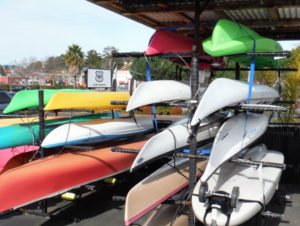
Now, this is an essential point you have to store your kayak with care, and it has to be in a place away from the seawater as this is very corrosive to it. Always make sure that it’s not pressed up against anything that will dent it or scratch it.
Some people tend to get a little creative in the crate racks that are covered in foam or any soft material that will hug the kayak other than an imprint on it; make sure that if it’s stored in an open space, it has to be covered.
6. Maintenance
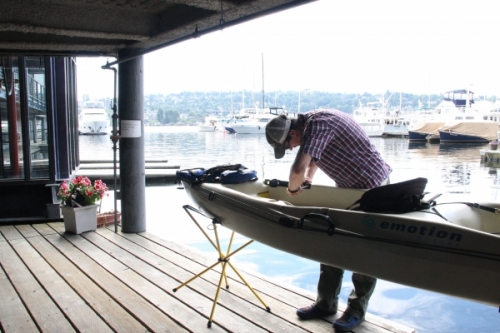
A crucial part of the maintenance of kayaks is regular use, one of the most things that have been reported to damage kayaks is just storing them and not using them for long periods of time you’ll find the rust had most probably eaten up on the inside so we must use our kayaks regularly.
If you find any holes, make sure to secure it not just with the screws but with marine approved glue if you’re not going to use the kayak for a long time, make sure to take it for frequent test runs. You don’t need to waste your entire day but just make sure that your kayak is running smoothly.
7. Transport
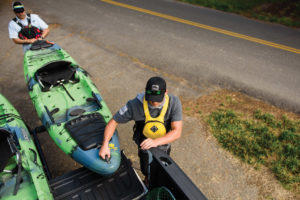
This point is a lot similar to the storage point even when buying the kayak you have to know if your existing car is going to be able to transport it, if not you can purchase an extension for your truck to be able to place your kayak comfortably.
Kayaks cannot be crammed up, if you’re going to store it on a roof rack, make sure to tighten it even with some pool noodles so that they will not bend your kayak.
Final Thoughts
Fishing kayaks are a huge investment they can reach anything from $100-$1500 think about adding an extension to your truck or adding a pedal system plus the accessories you are spending quite a lot of money so always make sure to go 4 to 10 displays, go for test runs and ask your friends about their opinions on kayaks.
If possible, make sure you are absolutely profitable in the kayak you’re going to buy, and there is a plus with kayaks is that they have a high turnover, which means that if you have used your kayak. You want to upgrade or even downgrade you can quickly post it online, and you will find a dozen people who want to buy it.
People always want to purchase used kayaks just to try them out, so if you are setting up, feel free to look for used kayaks in the process, and then move on to a new one.
